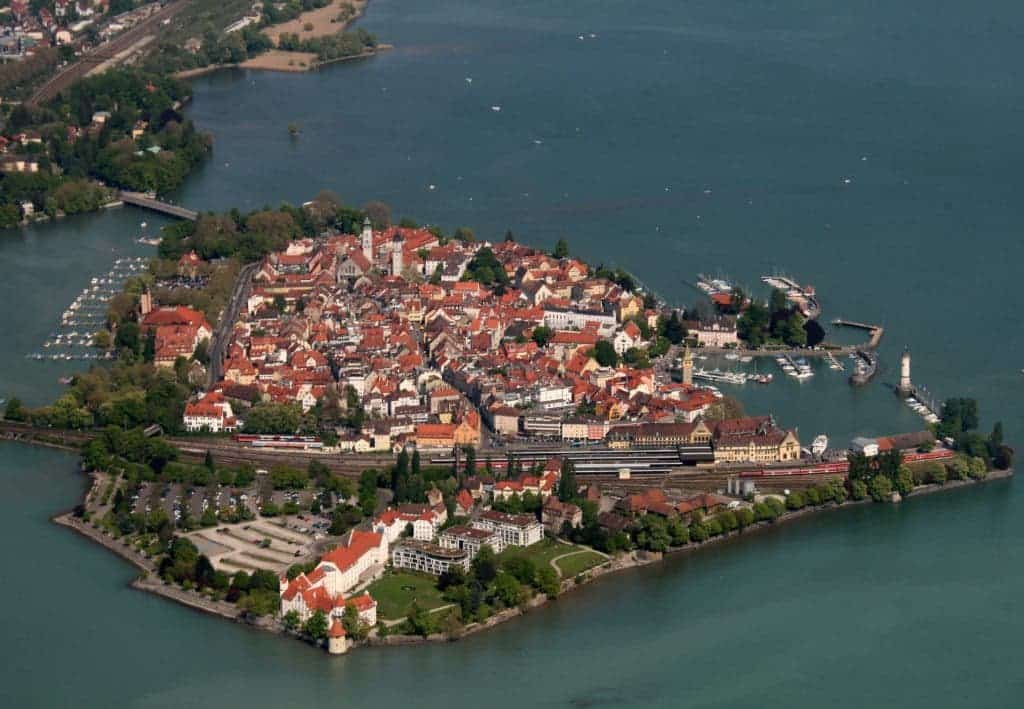It’s not every day that Nobel Laureates gather in one place, but in Lindau, Germany, 39 of them are teaming up to inspire the next generation of researchers. They’re meeting with hundreds of young scientists, giving lectures and engaging with them in a relaxed setting.
It all started in the 1950s. After World War II, Germany was largely isolated from the rest of the scientific world, and few major conferences were taking place in the country. Two doctors wanted to change all that. Franz Karl Hein and Gustav Parade from Lindau, a small town located on the Bavarian part of Germany, had the idea of hosting a meeting between Nobel Laureates and German researchers. It took a lot of carefully planned work, but in the end, they made it work. Since then, the meeting has developed tremendously, drawing hundreds of young researchers every year. This year, participants from 89 countries are attending the Lindau Nobel Meeting, from every corner of the world.
The purpose of the meeting is to motivate and engage the next generation of scientists. In addition to lectures and forum-style talks, the meeting has science walks, dinner events, and open exchanges. That might not sound all that different from typical science conferences, but there are two main things that make Lindau: first of all, the sheer number of top scientists involved. You essentially have an exchange between the world’s leading scientists and some of tomorrow’s leading scientists, and there are enough.
But what really sets the Lindau Nobel meeting apart is its unique setting. It’s intimate, informal, and open. Looking at the young scientists, you see the glow in their eyes — the glow that comes not only from meeting their heroes but also from being able to talk to them from everything to cutting edge research to what’s it like to have a career in science. It’s a hands-on opportunity to inspire some of the world’s up-and-coming brilliant minds, and in this regard, the meeting truly shines.
A cynic might say that it’s hard to quantify just how much all this is worth. You need significant resources to bring all these people in one place, and the benefits are difficult to gauge, but that’s exactly what makes it special: it offers a unique, special, and very human experience, planting a seed which will almost certainly bloom in most participants.
In a way, the meeting is a microcosm of science itself. Directly, it has no real benefits — you just use to make other things; it’s just that those other things happen to be the foundation of pretty much everything.
If there’s anything we need more of in today’s world, it’s science and humanity — the Lindau Nobel meetings manage to bring that together in lovely harmony.










